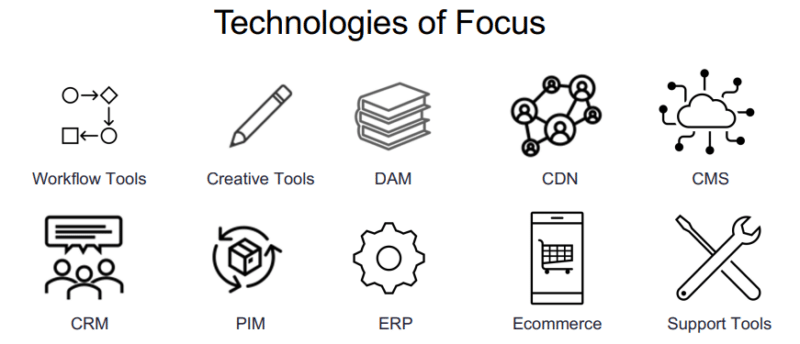“Menus-Plaisirs Les Troisgros,” a documentary about a restaurant in France, puts all of these aspects of Wiseman’s gifts on full display. The result is one of his simplest yet richest works. It’s one of the great films about food and cooking, right up there with “Big Night” and “Tampopo,” an equally great “process” movie that shows the inner workings of a fine dining restaurant, from the initial purchase of produce and meat and fish to its preparation, plating, and service; a film about families, and family businesses; and, subtly but perhaps most strikingly, a film about what it means to look, really look, at a thing, and appreciate it for what it is, whether it’s a bunch of carrots or radishes in a produce market stall, a flowering shrub in a field, a herd of cows grazing, a mass of bees in a hive, or configurations of employees and supervisors moving delicately around one another in a restaurant kitchen.
The main setting is Le Bois sans Feuilles (translation: “The Forest without Leaves”), a restaurant with three Michelin stars that was located in an urban setting in Roanne for decades (across the street from a train station) but moved in 2017 to a manoir in nearby Oaches and adopted a more “countryside” vibe. The place is run by the Troisgros family, which owns two other restaurants in the area. The customary Wiseman fascination with change over time is incarnated in the relationship between the current patriarch of the family, Michel, his heir apparent César (there’s a brief mention of Michel’s younger son, Léo, a chef at another restaurant who seems exasperated when his father suddenly changes the sauce for a dish he’s been perfecting for three weeks).
It takes a while to discern that César and Michel are related, as they interact mainly as boss and employee (though cordially and with mutual respect). As is always the case in Wiseman’s work, there are no talking head interviews in the film, no identifying “chyrons” or titles to tell you everyone’s name and position, no voice-over narration, indeed none of the devices you now expect to see in all documentaries, regardless of subject or style. (However, Wiseman does find a workaround to his “no narration” rule: he’ll often have a subject ask another person to verbally explain an idea or process, then watch and listen.)
























































![Key Metrics for Social Media Marketing [Infographic] Key Metrics for Social Media Marketing [Infographic]](https://www.socialmediatoday.com/imgproxy/nP1lliSbrTbUmhFV6RdAz9qJZFvsstq3IG6orLUMMls/g:ce/rs:fit:770:435/bG9jYWw6Ly8vZGl2ZWltYWdlL3NvY2lhbF9tZWRpYV9yb2lfaW5vZ3JhcGhpYzIucG5n.webp)
















